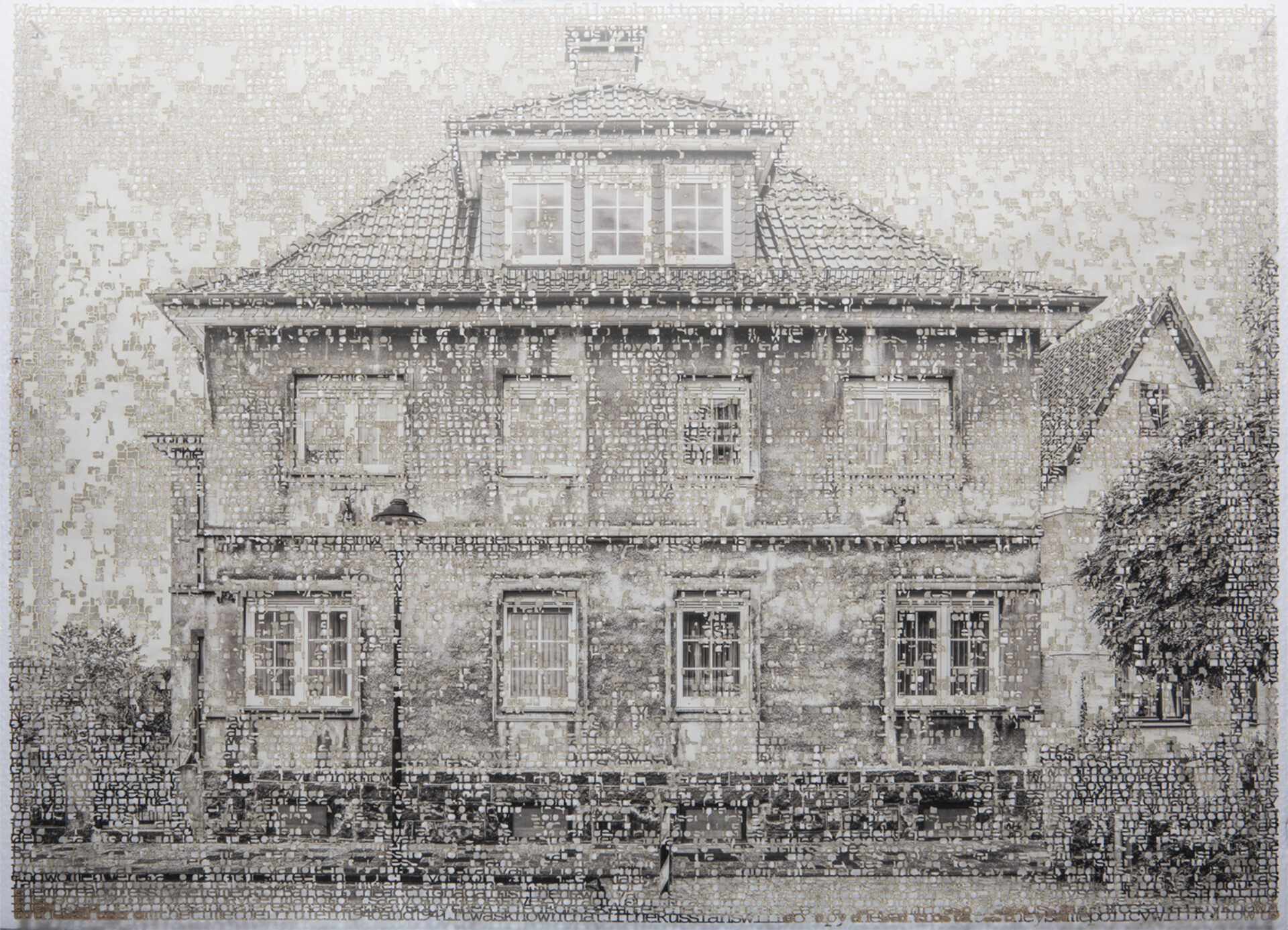Project 8 is an in-depth analysis of a group of Section 8 housing in Jersey City, NJ, the Brunswick Estates. In “From Bauhaus to our House,” Tom Wolfe describes the history of places like the Brunswick Estates, when the European aesthetic of Bauhaus and De-Stijl manifested itself in the United States as worker housing: “Here they were called public housing projects. They (the workers) called it, simply, ‘the projects.’… The only people left trapped today in worker housing in America today are those . . . on welfare….” Wolfe describes the worker housing this way: “flat roofs, with no cornices, sheer walls, with no window architraves or raised lintels, no capitals or pediments, no colors… .” As a resident of Jersey City, I have lived alongside these buildings for several years, fascinated by their mundane repetitive nature, their rectangular flat façades and stucco surfaces, and their inherent contradiction: architectural roots that stem from an era of rebirth, clean design and unity, turning into the embodiment of social hierarchy and non-architecture. For this series, I chose to work in cold wax and oil on industrial felt, whose industrial uniformity and raw materiality echoes the values the Bauhaus movement saw in simple architectural materials like stucco and concrete.

Project 8 2013 – 2015
Scroll










